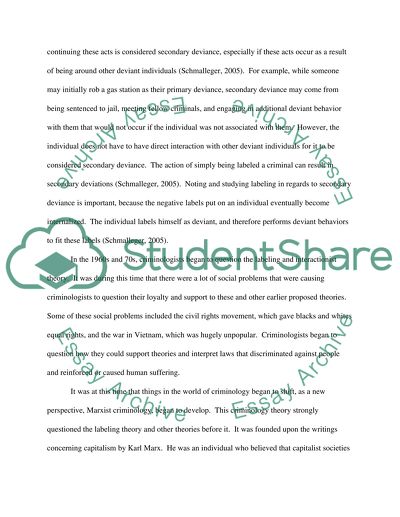Cite this document
(“Criminology Essay Example | Topics and Well Written Essays - 1500 words - 1”, n.d.)
Retrieved from https://studentshare.org/law/1509734-criminology
Retrieved from https://studentshare.org/law/1509734-criminology
(Criminology Essay Example | Topics and Well Written Essays - 1500 Words - 1)
https://studentshare.org/law/1509734-criminology.
https://studentshare.org/law/1509734-criminology.
“Criminology Essay Example | Topics and Well Written Essays - 1500 Words - 1”, n.d. https://studentshare.org/law/1509734-criminology.


